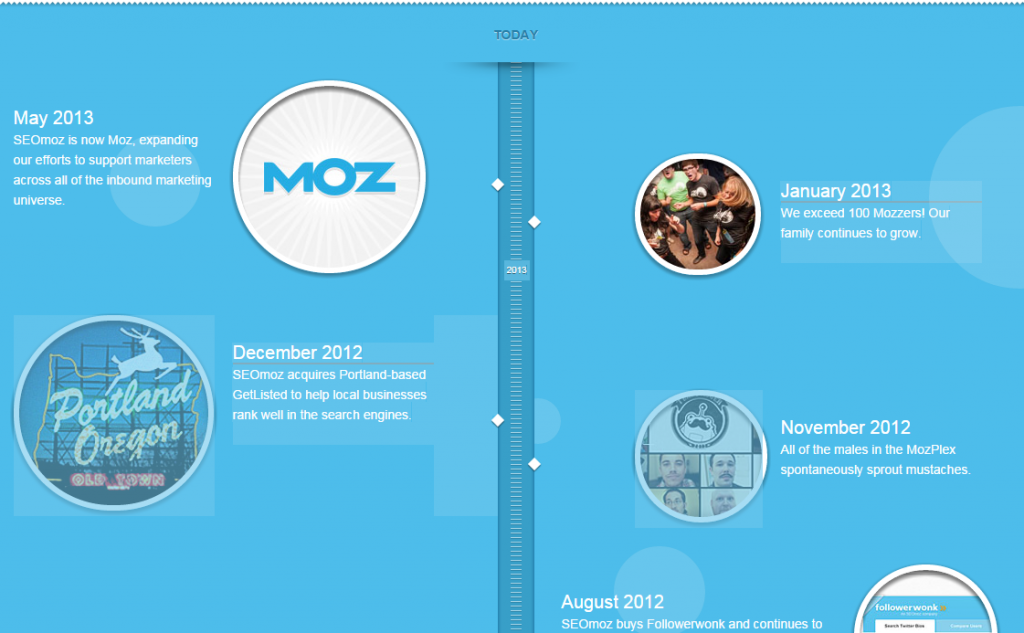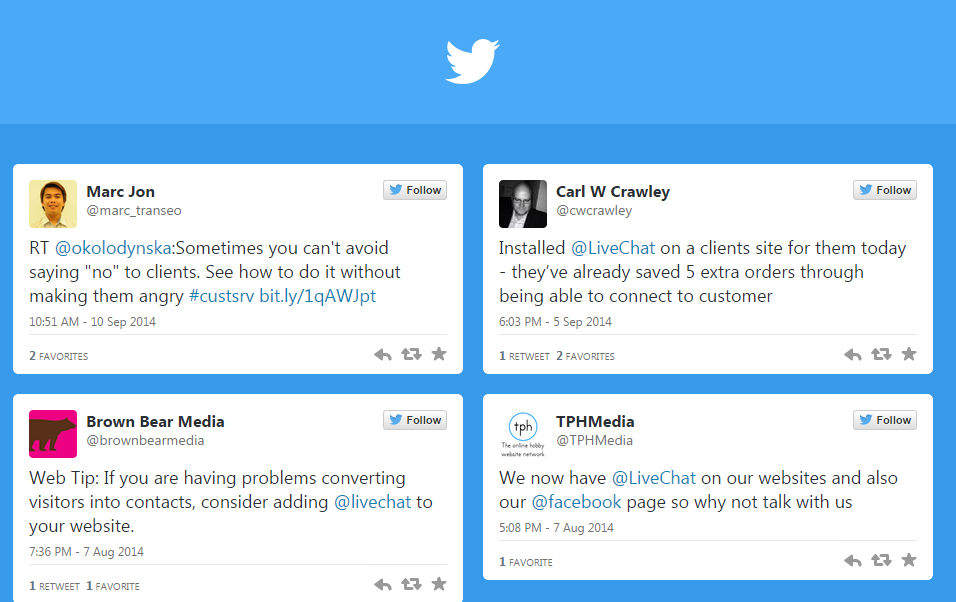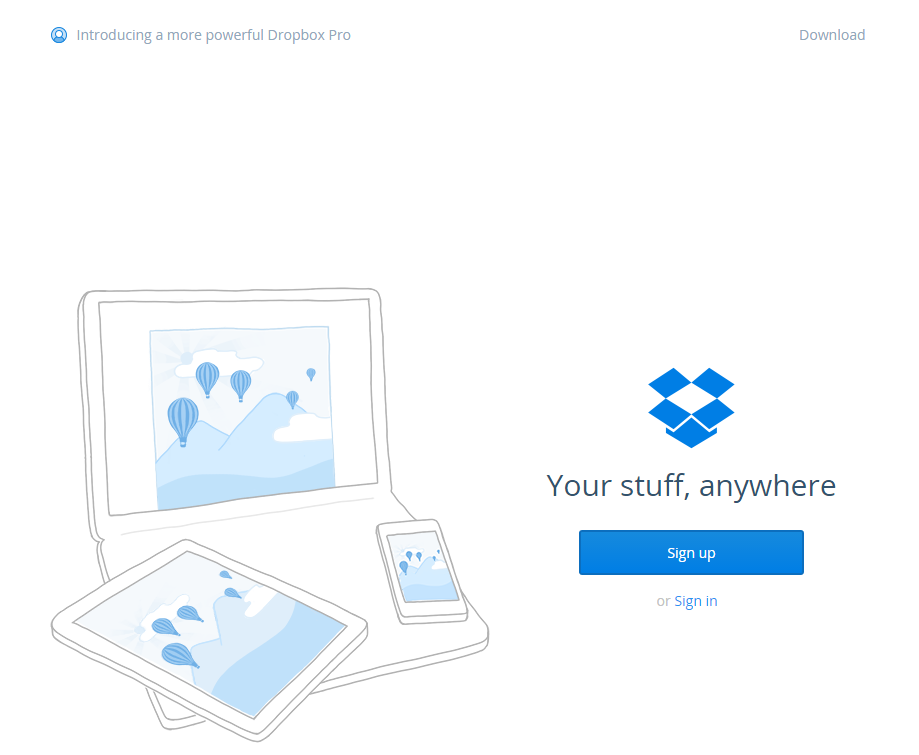14 Simple Strategies for Boosting Your Website's Conversions
It’s a painful prospect to consider as a website owner. But, the truth is, right now your site is turning away paying customers because of easy-to-fix oversights.
Fortunately these days, there are many years of scientific testing in usability and sales conversions to draw on. There’s a wealth of actionable advice out there on the Internet to help shore up those gaps in your digital marketing strategies. We’ve taken the liberty of putting them all together in an ultimate checklist for you.
Read on, implement the changes relevant to your site and enjoy the results…
1. Simplify your website layout
First up, it’s time to de-clutter. You can have the most beautifully-crafted calls to action (CTAs) in the world. But, if your visitors can’t see them because of an overcrowded layout, they’re no good to anyone.
Focus on a clear sense of direction. For example, are your CTAs above the fold and clearly visible without the user scrolling down the page?
Do your signup forms and purchase buttons take pride of place, second only to your compelling copy? Imagine a sales pathway, construct it and make sure it’s not cluttered.
Check out Unbounce’s approach to a simple design framework:

If you’d like a little inspiration on design simplification, check out this list of 100 minimalist website designs from Hongkiat.com.
2. Make it easy for people to buy
Right now, take a moment to load up one your product pages, and examine it. Be honest with yourself. Is it laid out in a way that makes it easy for a prospect to buy? Here are some specific questions to ask yourself:
- Are your “click here to buy”, “checkout” buttons and other CTAs easy to see?
- Do the CTAs use contrasting colors to really stand out from the page?
- Are prices clearly marked and products clearly displayed or labelled?
- Does your copy answer the primary questions your potential customers have?
3. How quick is your conversion process?
Next, it’s time for a little role-play. Head over to your homepage and pretend you’re a customer. The goal of this exercise is to test how quickly the conversion process can happen. How many hoops must you jump through before a sale is complete?
A great example of how to do this right is Amazon.com and its “1-click buy” feature. A customer can purchase the product and have it delivered to their door in one single click. You may not achieve one click, but make sure you remove all unnecessary steps.
4. Provide complete contact information
Do you provide complete contact information? If not, it can damage your credibility. When people use online services, there’s always a little friction.
They want to know they’re giving their credit card details to a credible company and they get anxious when complete contact information is not clearly displayed. Make sure you tick this box.
A great way to do this is to show your company’s history on your “About Us” page, as it shows you’re people, and you’ve been here for awhile. Check out how Moz did it:

5. Show off your popularity
Do you get a lot of positive feedback on your company, products and services? Tell the world all about it. The following social proof items should boast a prominent, noticeable position on your site:
- Customer testimonials
- Customer case studies
- Third-party reviews and/or rewards for your product or service
Social proof is a powerful tool for higher conversions. If you don’t have any yet, make it your task to get some. Consider offering $5 Starbucks vouchers or other incentives to customers to leave detailed reviews of how your product or service helped them. It’s a small investment that will pay off.
Check out how LiveChatInc incorporated Tweets in their testimonials:

For more in-depth guide on building social proof for your website, check out this great article by KissMetrics.
6. Provide additional incentives to take action now
The chances are, you’ve seen websites that incentivize people with offers that soon expire, often accompanied by a countdown clock. This strategy can work wonders.
A little pressure from a time-sensitive deal is a great way to give people that extra motivation they need to buy now.
Take a look this article from Entrepreneur.com for a more detailed look at creating effective time-based incentives.
7. Improve your customer retention strategy
Have you mastered the art of customer retention? If not, it’s something to go on your to-do list. One key point is to keep customers in the loop. No one likes parting with cash online and then wondering what’s going on with their order all week.
People appreciate being kept up to date as much as you do, so set up an automated response system that gives your customers status updates throughout the sales process
Marketing cloud service, Hubspot, has a guide that includes 3 excellent templates you can use in your customer retention emails.
8. Be sociable
There’s a school of thought in sales that says people buy from friends, not from salespeople. Social media is an opportunity to become friendlier with your customers, so make sure you use it. Here’s a list.
- Sign up for social media services relevant to your business and engage your audience
- Encourage staff to engage in the comments section of your site and social pages
- Have photos of your staff on the “About Us” page along with a short bio
Turn your company into a collection of real human beings and build relationships with clients so that they’re no longer prospects; they’re friends.
This is an in-depth subject, so here’s an excellent walk-through on getting results from your social engagement by a one of the best in the business.
9. Improve customer service with LiveChat
LiveChat is a wonderful tool for improving sales. Many people are uncomfortable speaking on the phone and, depending on your country and phone services, the call may not be free even if it’s a toll-free number.
LiveChat reduces that friction point so a visitor can easily contact your team and ask a question to a real live human being instead of a contact form. They’ll appreciate it and are likely to reciprocate with a purchase.
10. Refine your marketing material with A/B testing
If you’re not A/B testing your marketing material, it’s time to start.
As a quick overview, the process involves testing two versions of the same webpage; a control copy and slightly tweaked copy. You then send equal traffic to each and see which converts better. You keep the best performer and move on to the next tweak.
Through this iterative process, you can improve your marketing material and produce more sales, not to mention learn an invaluable skill.
11. Create more dedicated landing pages
There’s a school of thought in marketing that says, the more landing pages you have, the better. Different types of customers want different information, different products and are at different stages in the sales process.
It’s important you set up dedicated landing pages to cater to your client’s individual needs. The more accurately you can tailor different landing pages to the right types of clients, the more sales you can make.
Take a look at Dropbox’s landing page (which is actually their homepage), simplicity is key here:

If you’re wondering how to define leads and the stage of the funnel they’re in, have a read of this excellent guide by Hubspot.
12. Address any and all objections
Does your website and marketing material address every possible objection your potential customer could ever have?
Take the time to sit down and write an extensive list of every reason you can possibly think of why a potential customer wouldn’t buy from you.
It may be painful to consider, but if you cover every angle and ensure they’re addressed on your site, your sales will improve.
13. Competitor comparison & analysis
How often do you check in on your competition? What are they doing that you’re not? What are you doing that they’re not?
It’s time for a little competitor analysis. Identify your strengths, figure out your unique selling points (USPs) and gain inspiration for new features or products you could implement.
Without differentiating yourself in this way, you don’t know exactly where you stand in the crowd, or even if you stand out at all.
14. Provide comprehensive PP & TOS
If you’re one of those people that doesn’t enjoy reading small print, it’s easy to underestimate the importance of including a full Terms of Service (TOS) and privacy policies (PP) on your site.
Many people scrutinize these documents closely and their absence can raise suspicion. Clearly define your TOS so people know exactly where they stand. As for the PP, let people know their information is safe and won’t be shared.
Those who trust you with their email addresses are much more likely to trust you with their credit card details.
Conclusion
If you were to summarize the principles behind this checklist, they’d really boil down to three things. It’s a matter of simplifying your processes, refining your marketing material and building trust with your audience.
With these core philosophies at the forefront of your agenda, and this extensive list of examples on how to implement them, you’re in good stead to boost your conversions.
Sure, this may be a damned fine starting point. But remember also to be on the lookout for new and innovative ways to implement these principles.
Mastering them can mean the difference between mediocre online sales figures and huge success.
Had any success with any of the elements I discussed, or know of any different ones that work well? Start a discussion below.
Recent Stories
Top DiscoverCloud Experts

Compare Products
Select up to three two products to compare by clicking on the compare icon () of each product.
{{compareToolModel.Error}}

















{{CommentsModel.TotalCount}} Comments
Your Comment